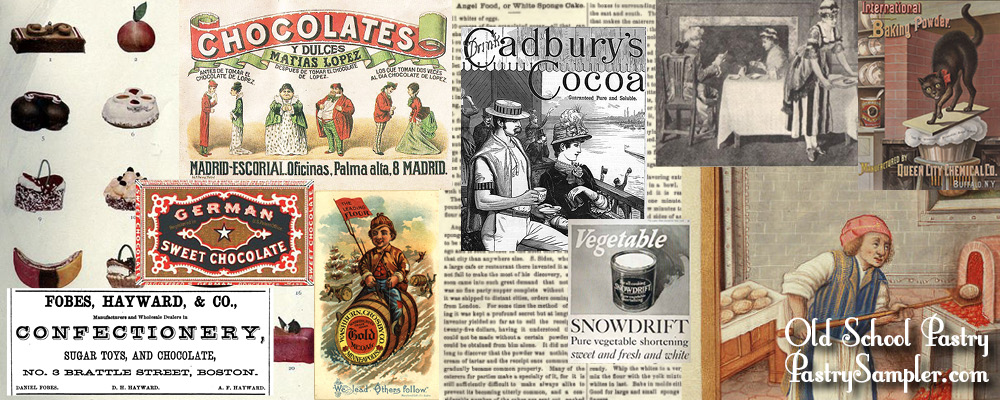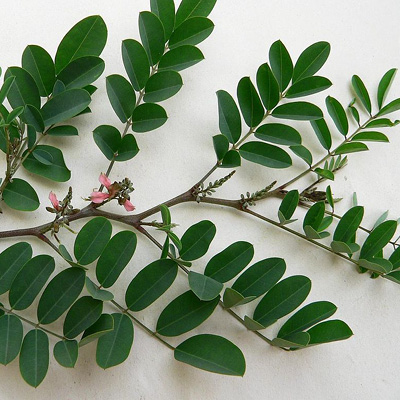indigo and prussian blue coloring

Making Blue Food Coloring in Old Times
By Renee Shelton
Blue food coloring came from natural sources like flowers and vegetables.
Indigo blue is both a fabric dye and food dye, and historically came from the indigo plant (Indigofera tinctoria), a low growing shrub.
According to Wikipedia, this is how indigo dye is obtained from the Indigofera tinctoria:
Dye is obtained from the processing of the plant's leaves. They are soaked in water and fermented in order to convert the glycoside indican naturally present in the plant to the blue dye indigotin. The precipitate from the fermented leaf solution is mixed with a strong base such as lye.
Indigo is now made mainly from synthetic processing, but can still be obtained naturally.
Prussian blue originated in the early 1700’s, and was the actual dye used to color the Prussian military uniforms. Prussian blue (also known as potassium ferric hexacyanoferrate) is on WHO's Model List of Essential Medicines and approved for oral administration as an antidote for poisoning. And whilePrussian blue has been approved to help rid the body of radioactive contaminants and heavy metal poisoning, the CDC has noted that the Prussian blue coloring is not the same as the FDA approved compound Prussian blue, i.e. you cannot self-medicate using artist’s colors.
Sources:
World Health Organization Model List of Essential Medicines. (2019). World Health Organization.
21st List.
This article was first published on oldschoolpastry.pastrysampler.com on May 14, 2011. It was updated on September 30, 2020.

